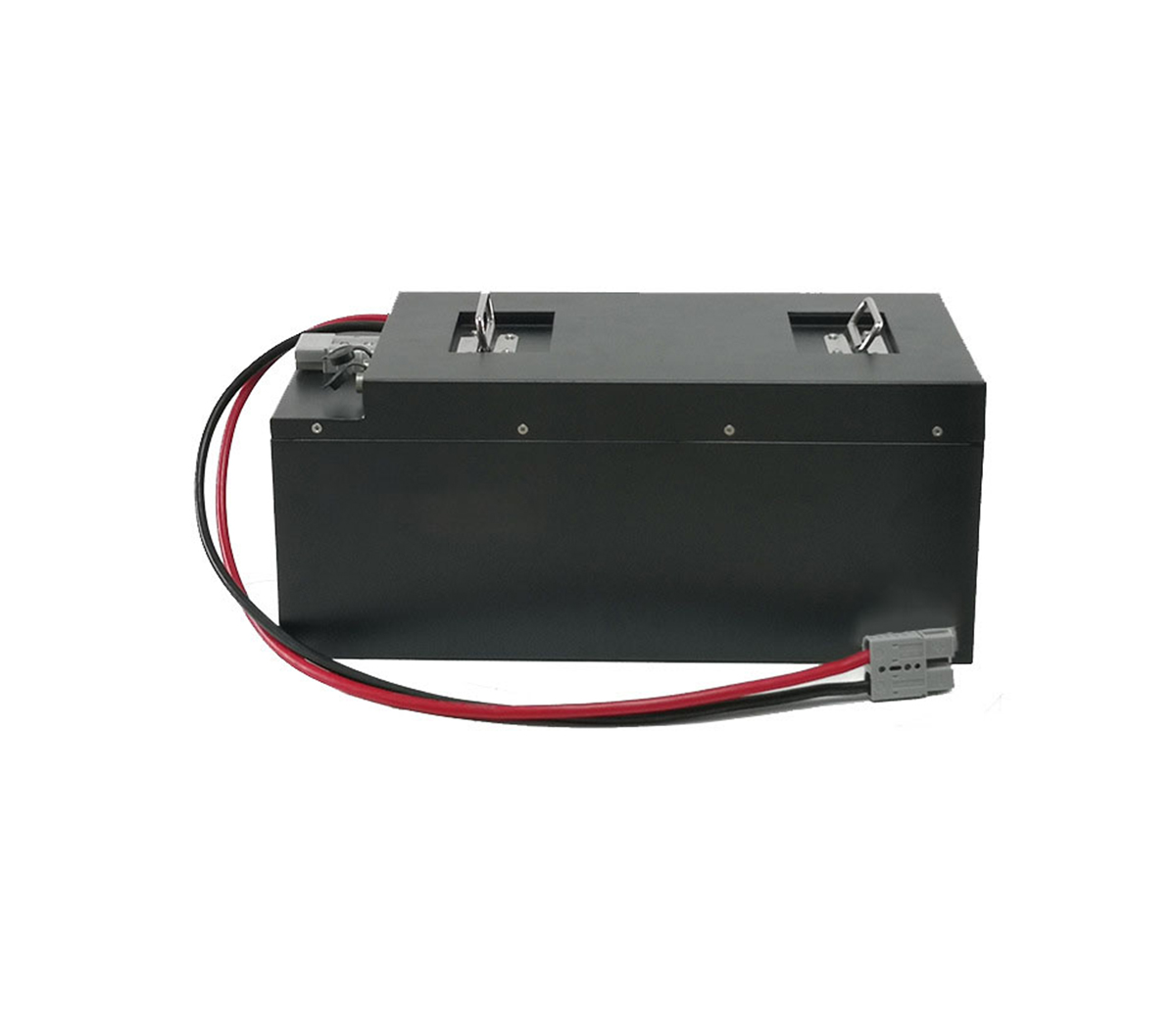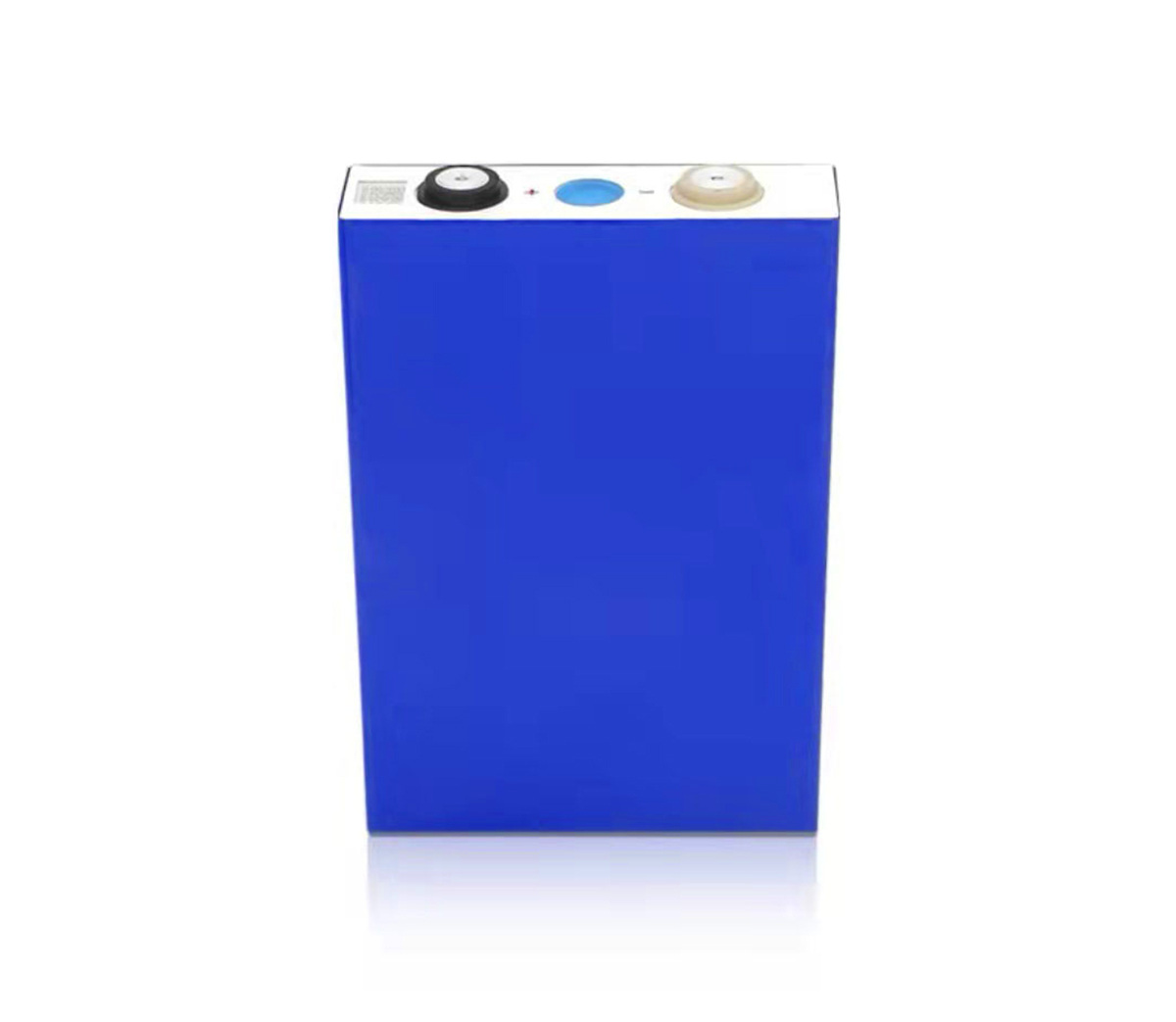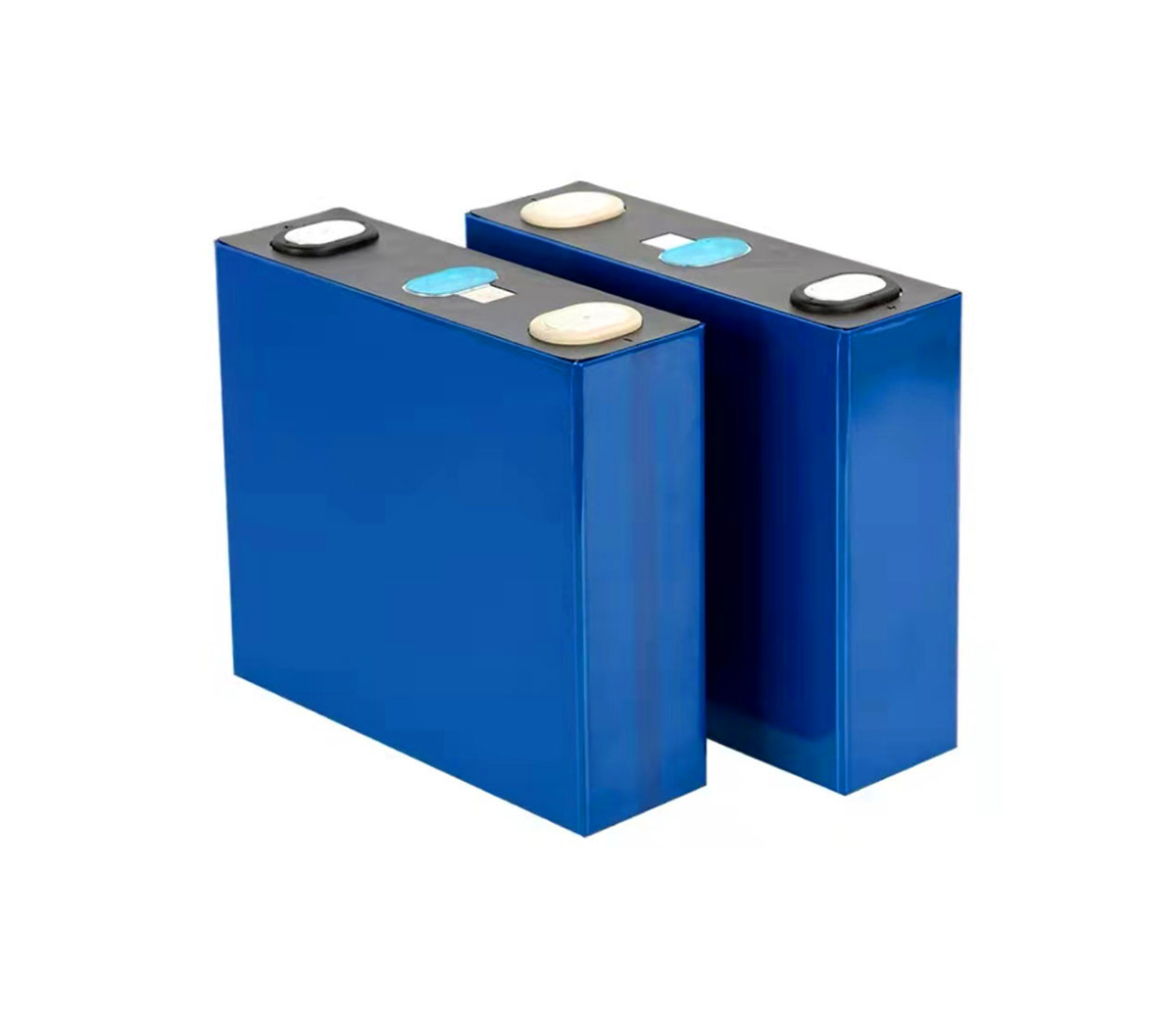
Graphene has the characteristics of high conductivity, high specific
surface area, two-dimensional continuous structure, etc., which can effectively
improve the performance of a variety of electrochemical energy storage materials
(such as silicon negative stage, lithium transition metal oxide cathode, sulfur
cathode, lithium metal anode and Air cathode, etc.). However, there are still
some problems when graphene is applied to the field of electrochemical energy
storage. For example, the chemical vapor deposition method can effectively
prepare low-defect single-layer graphene, but it is difficult to meet the needs
of large-scale applications in the energy field in terms of material yield and
cost control; while the chemical peeling method and mechanical peeling method
are both in terms of yield and cost. It has certain advantages, but it is
lacking in the quality of graphene, which limits the electrochemical performance
of graphene-based electrode materials.
Therefore, it is necessary to develop a new strategy for low-cost mass
production of high-quality graphene. To this end, the team of Professor Gao Chao
from the Department of Polymer Science of Zhejiang University proposed a method
for quantitatively producing high-quality graphene powder based on the key
parameters in the design of high-quality graphene: "Defects, Stacking, and
Lamellar Continuity": Using a commercial graphene oxide solution as a raw
material, high-quality graphene microflowers can be prepared by a two-step
method of spray drying and high temperature reduction. The use of commercialized
graphene oxide as a raw material not only ensures its low cost and
kilogram-level production capacity, but also ensures the continuity of graphene
micro-flowers in the sub-micron size. High-temperature thermal reduction repairs
the defects in the graphene atomic lattice and effectively improves the
electrical conductivity of the material. The nano-scale folds in the graphene
microflowers suppressed the effect of re-stacking of the sheets caused by
high-temperature reduction, and finally formed an average of four layers of
oligo-layer chaotic stacking graphene structure.
"Compared with the dense multilayer AB stacked graphite structure, this
oligo-layer stacked structure is very conducive to electrolyte infiltration and
uniform distribution of active materials. Compared with the heteroatom doping
method commonly used to improve the performance of graphene-based electrodes,
this defect-free graphene preparation method has more advantages in
controllability and repeatability. In addition, as a powder material, this
graphene microflower can be directly applied to the traditional commercial
electrode coating process, which is conducive to large-scale battery assembly in
the future. When applied to lithium-sulfur batteries, the electrochemical
performance of high-quality graphene microflower-sulfur composites exceeds that
of commonly used graphene-sulfur composites, reaching an area specific capacity
of up to 5.2mAhcm-2. This is because the repair of the graphene lattice greatly
increases the electrical conductivity of the material, thereby better exerting
the capacity of the non-conductive active material sulfur. At the same time, the
oligo-layer stacked graphene sheets in the graphene microflowers can effectively
promote the uniform distribution of nano-scale sulfur particles on the graphene
sheets; its unique wrinkled structure can inhibit the dissolution of polysulfide
ions, thereby effectively improving the sulfur cathode Capacity and retention
rate.
When used as the positive electrode of aluminum ion batteries, high-quality
graphene microflower powder also exhibits excellent electrochemical performance,
which exceeds that of similar graphite/graphene-based powders and bulk
materials: at a current density of 0.1-20Ag-1 , The specific capacity of the
positive electrode is stably maintained at about 100mAhg-1; it can be fully
charged within 18 seconds, and there is no capacity loss after 5000 cycles.
These excellent electrochemical properties are all due to the key parameters in
the design of high-quality graphene: defect-free graphene lattice provides more
active sites and higher conductivity, and the oligo-layer stacked graphene
structure has It is conducive to electrolyte infiltration and ion transmission,
and the sub-micron two-dimensional continuous graphene sheet reduces the
electrode resistance. Related research work has been published on AdvancedEnergy
Materials (DOI: 10.1002/aenm.201700051).



































